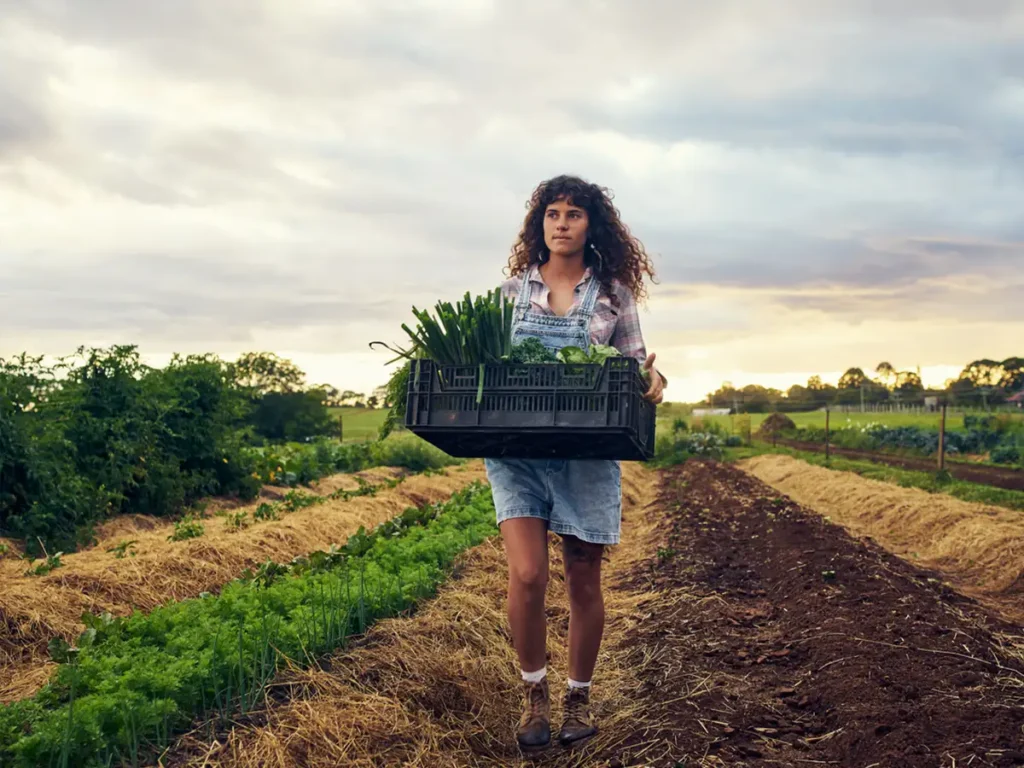Changing Diets: Global Warming

Global warming, caused by the increase of greenhouse gas emissions in the atmosphere, is one of the most pressing challenges of our time. Its impact is far-reaching and extends beyond temperature rise and extreme weather events. As our planet warms, it triggers a chain reaction that affects various aspects of our lives, including the food and beverages we consume due to the increased difficulty to produce certain products and the rise in prices. So let’s explore how global warming is affecting the world’s food security and highlight some of the geological locations most affected by it.
Shifting Agricultural Patterns
Global warming is disrupting traditional agricultural patterns, altering the availability and distribution of crops. For example, Breadbasket regions, such as the Great Plains in the United States, the Pampas in Argentina, and the Indo-Gangetic Plain in India, are experiencing shifts in rainfall patterns and increased frequency of extreme weather events. These changes affect the cultivation of crops like wheat, corn, and rice, which are essential for global food security.
More so, the Sahel region in Africa is particularly vulnerable to global warming. Rising temperatures and prolonged droughts in this semi-arid region threaten the production of staple crops like millet, sorghum, and maize, impacting food availability and livelihoods.
Altered Food Production and Availability
Global warming impacts the productivity and availability of key food sources. Rising sea temperatures and ocean acidification are affecting fisheries around the world. Coastal regions, including the Pacific Islands, Southeast Asia, and parts of South America, rely heavily on seafood for nutrition and livelihoods. However, these areas are experiencing the migration and depletion of fish stocks, disrupting their traditional food sources.
More so, the Arctic region, encompassing countries like Canada, Russia, Norway, and Greenland, is undergoing rapid changes due to global warming. Melting ice, loss of habitat, and changing ocean currents affect the delicate balance of marine ecosystems. Indigenous communities in these areas rely on marine mammals and fish for sustenance, but their traditional hunting and fishing practices are being impacted by the changing environment.
Changing Dietary Patterns
As traditional food sources become less reliable, dietary patterns are also evolving. In Western countries, such as the United States and European nations, awareness of the environmental impact of meat consumption has led to an increase in plant-based and vegetarian diets. Concerns over deforestation, greenhouse gas emissions, and water usage associated with livestock farming have influenced dietary choices in these regions.
Water Scarcity and Beverage Choices
Global warming is intensifying water scarcity in many regions, affecting the availability and quality of water for drinking and irrigation. This scarcity has implications for the beverage industry as well. Water-intensive industries, such as soft drink manufacturing and brewing, are facing challenges in sourcing clean water for their operations. Moreover, changing precipitation patterns can impact the taste and availability of natural water sources used in the production of beverages like beer and wine. For example, climate change has affected the wine industry in Australia whereby farmers harvest much earlier in the year than they used to due to the heat which may soon affect the quality of the wine produced in certain areas.
Disruption of Traditional Food Cultures
Global warming also poses a threat to traditional food cultures around the world. As certain crops become less viable in their native regions, cultural practices that rely on them may be eroded. Indigenous communities, whose food traditions are deeply intertwined with their environment, face significant challenges in preserving their culinary heritage. The loss of these unique food cultures represents a loss of biodiversity and the knowledge embedded in traditional farming and cooking practices.
In conclusion, global warming is undoubtedly reshaping our food and beverage consumption and choices, with various geological locations experiencing significant impacts. The shifting agricultural patterns, changes in food production and availability, and changing dietary preferences affect regions worldwide. Recognizing the geological locations most affected by global warming helps us understand the urgency of addressing climate change and implementing sustainable practices. By acting collectively and promoting sustainable agriculture, reducing food waste, and embracing alternative protein sources, we can mitigate the effects of global warming on our global palate and ensure a resilient and diverse food system for future generations.
Sources
The Guardian
World Bank
FAO







Have your say